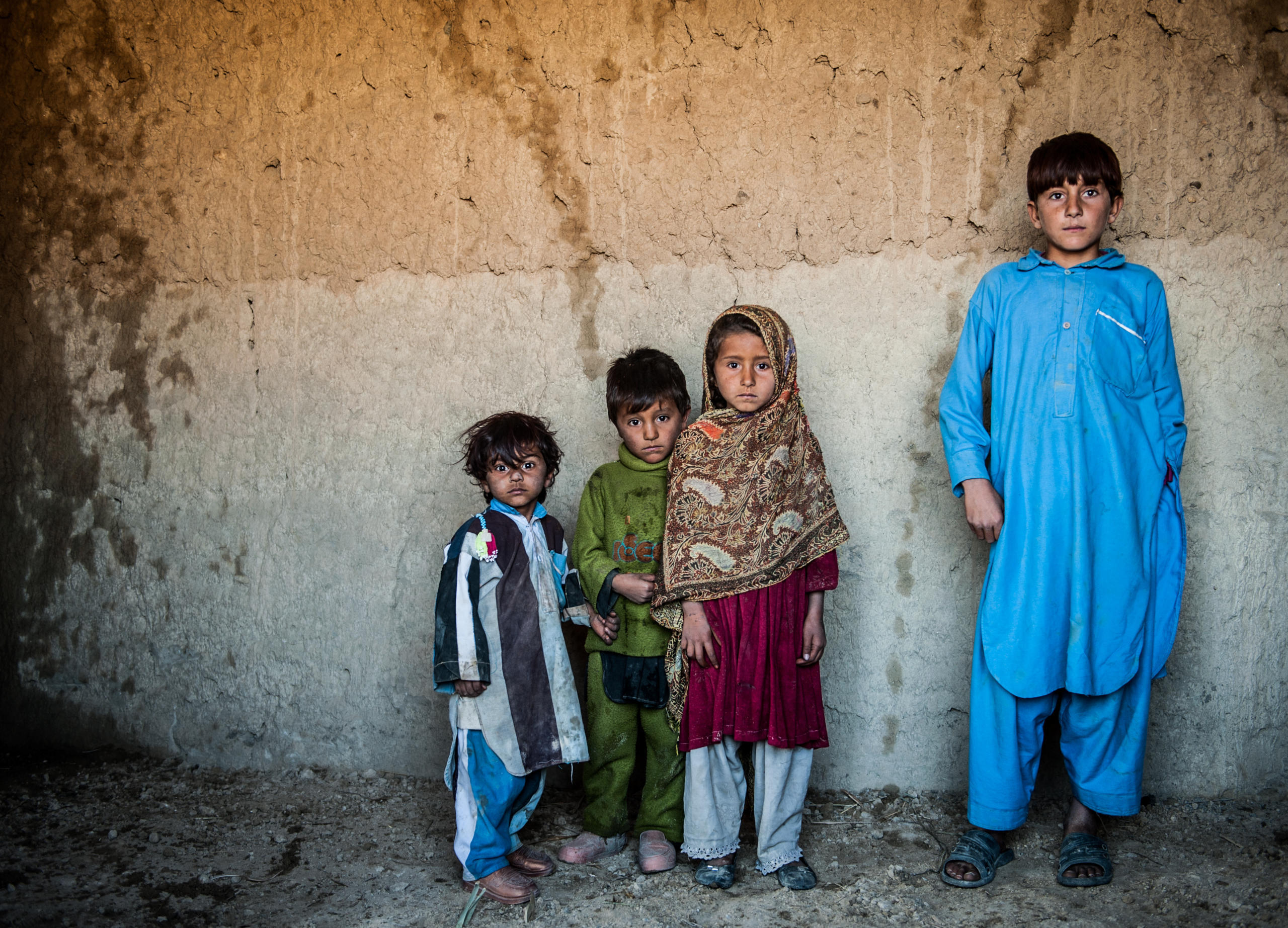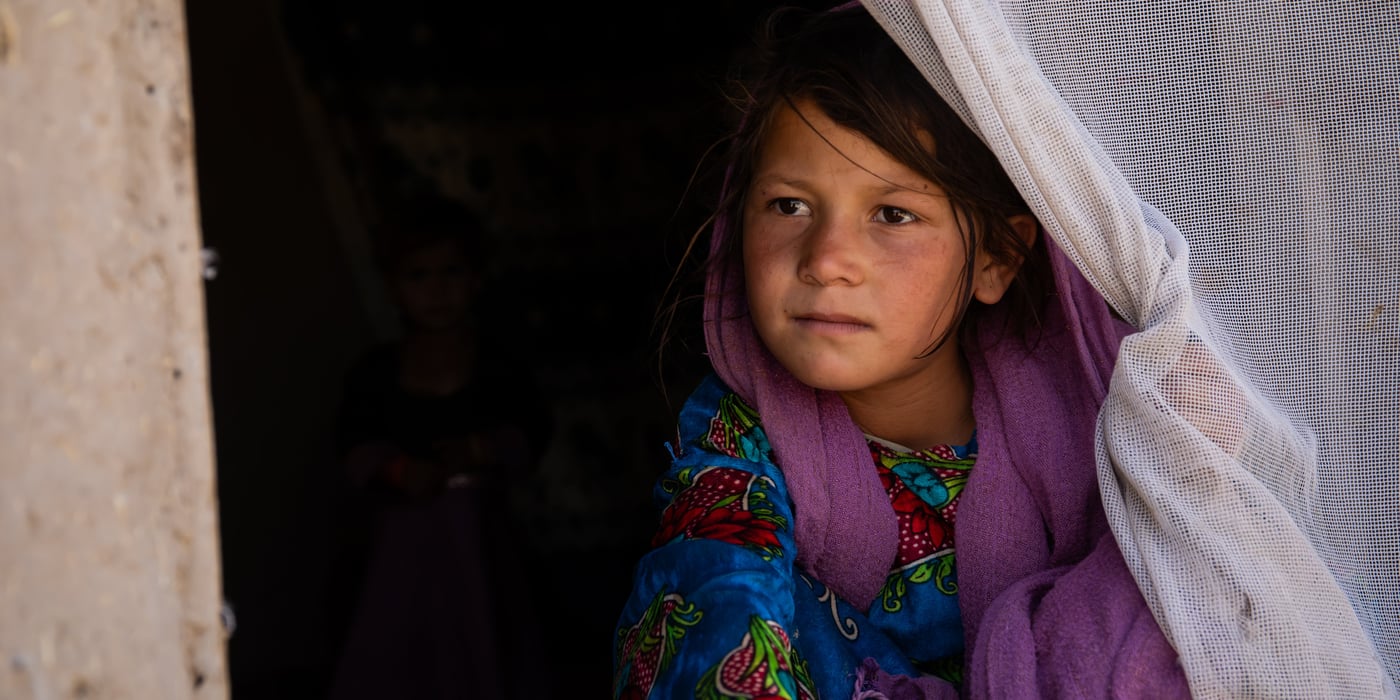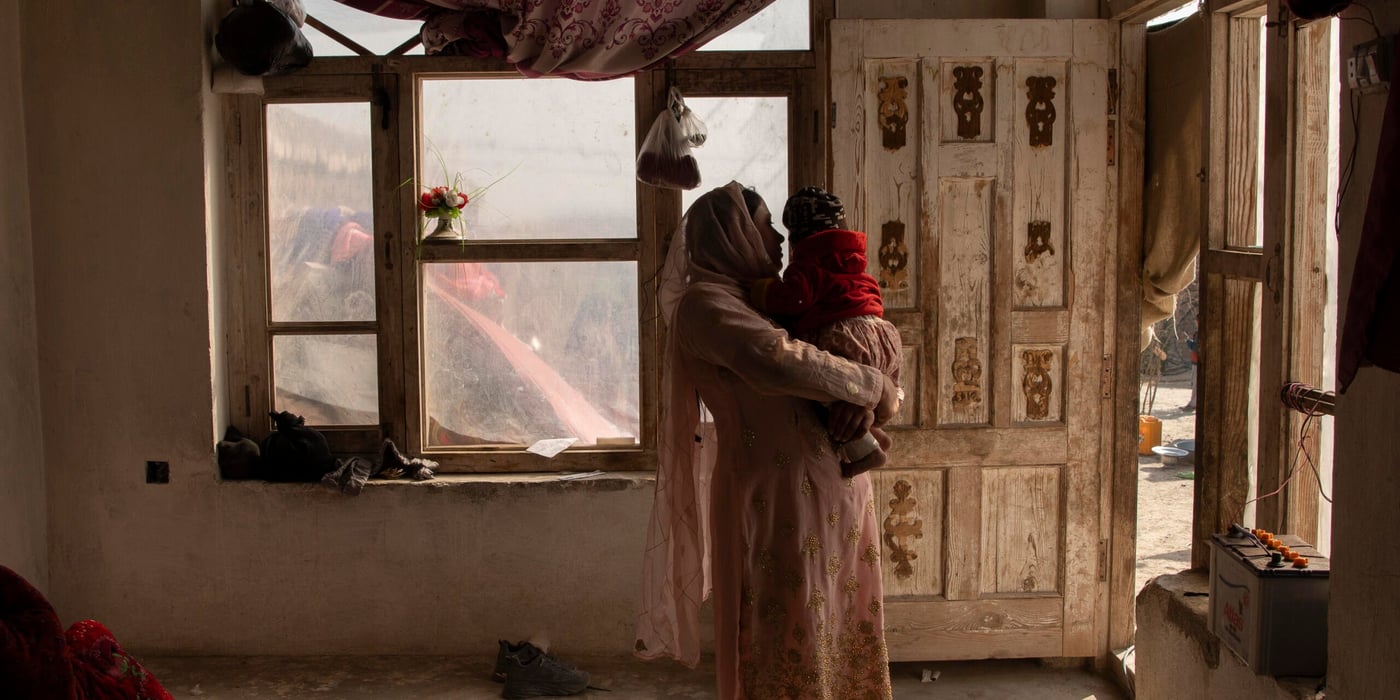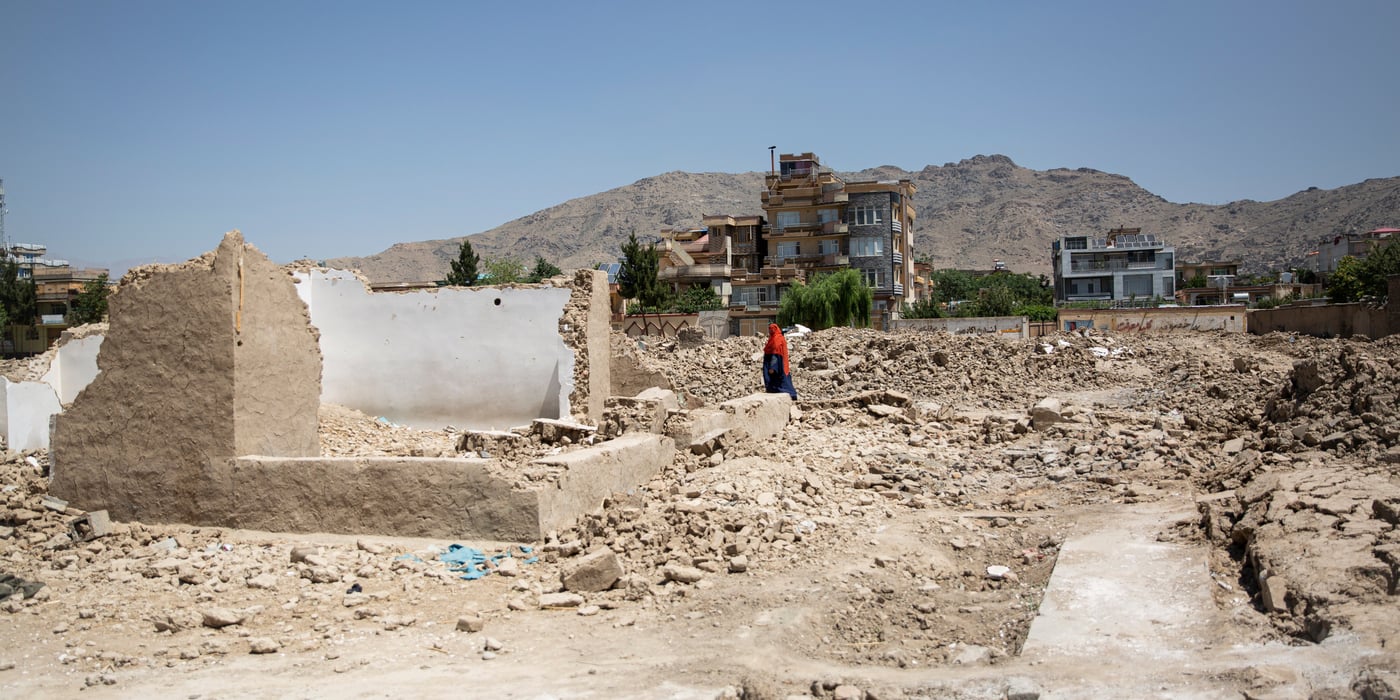
There has been a 22 per cent rise in conflict-related deaths and injuries of Afghan civilians in 2014 according to a recently published report from the United Nations Assistance Mission in Afghanistan (UNAMA). How have you experienced the worsening security situation?
“2014 was an extremely complicated year for NGOs and for Afghan civilians. I can't recall a moment during the year when we could actually breathe in terms of our own operations or when the population felt there was relief from the violence and problems. Several times we found ourselves not being able to deliver help because of ongoing conflict. Even though we knew there were people in need we could not access them because of the ongoing violence on the ground.
By the time small-scale incidents pile up to become statistics, the people on the ground have already experienced constant pressure, worry and a feeling that their lives are not important. The humanitarian community and the governments have a responsibility to change the common understanding that big numbers are needed to make a change. We don't need to wait until the year is over to actually stop ongoing violence”.
UNAMA documented 10,548 civilian casualties in 2014, the highest number of civilian deaths and injuries recorded in a single year since 2009. What is the Afghan peoples’ explanation for this development?
“I'm not Afghan myself, so I can only forward the opinions I have from the people we help, my colleagues, and other people I have interacted with in my line of work. People feel that the decisions are made at a higher level, where the people are safe and do not risk anything and where instability for them does not mean losing their land or losing their crops. In the meantime, 30 million people in Afghanistan must wait. And waiting entails loss of opportunity. Investors do not want to come to Afghanistan. Development is not there. People can hardly find a decent job to secure their families. Therefore, many are forced to actually engage in the conflict and take part.
Many people feel like they have been manipulated and that the fact that they live far away from the capital and are not equally educated allows others to play with them. In general they tend to say that this is not new for Afghanistan. While a person like me, who is 30 plus years old, can confidently say she has never experienced a day of war in her country, a person of the same age here in Afghanistan hasn't experienced a single day of peace in her life. It's just a continuation of an ongoing game that, in the end, results in extreme consequences for peoples’ lives”.

Afghan internally displaced children in Laghman province. Photo credit: Christian Jepsen/NRC
The rise in civilian casualties in 2014 resulted mainly from increased ground engagements across Afghanistan, in which parties to the conflict increasingly used explosive weapons systems in civilian-populated areas with devastating consequences for civilians. How has this affected humanitarian work in the country?
“I can only speak for the area I am responsible for; Faryab. There used to be a large-scale war in Afghanistan, which has now turned into a small-scale war going on in some parts of the country, but not all. This results in people thinking that because the war is not large-scale, there is no war. But unfortunately, there is war and the war doesn't distinguish between who is a civilian, who is member of an AOG (Armed Opposition Group), who is a policeman or who is a army soldier.
Those who are engaged in the fighting don't really make a distinction between who is playing an active part in the conflict and who is not. Sometimes, even civilians are seen as if they are part of the conflict themselves, because they support it indirectly or directly through their livelihoods. They become a part of the problem due to their poverty and lack of perspectives and are thus given even less attention. This is the very nature of this conflict so I wouldn't expect anything different to happen until the conflict is over”.
What concrete steps should be taken to avoid an increase in civilian casualties in 2015?
“The common idea has always been that to defeat the destabilising factors in this country you need to use violence. This has proven to be only partially true and has not yet brought peace to Afghanistan. As far as I am concerned violence is obviously not enough, it is just not enough. And the more I see attempts to engage in negotiations or talks, the more I see there is no clear willingness to actually do that in this country".
What is your message to the international community?
“As I said, I think we should all ask ourselves why we need big casualty numbers in order to make a conscious decision about how to engage in Afghanistan. We should ask ourselves why we need big numbers in order to cry out “this is unacceptable!”. Why don't we actually push for deaths to be prevented?
Why don't we critically look at what happens to civilians in this country, and not just what happens to NGOs? How about putting the information into context? The international community should find ways to advocate together with the government to protect the civilian population. The international community is not here to threaten the sovereignty of the Afghan state but to re-instate it and work together to solve problems.
There are numerous other crises going on in the world that I'm sure made Afghanistan less appealing in terms of funding, media coverage and attention to what is happening on the ground. And this is where I see a responsibility by the international community to keep this country high on the agenda of other states. Ways should be found to put a face and a story behind the statistics in order to cover our role which is to advocate for those who do not have a voice to advocate for themselves. This is where I see that the international community can do better than what is currently being done”.




